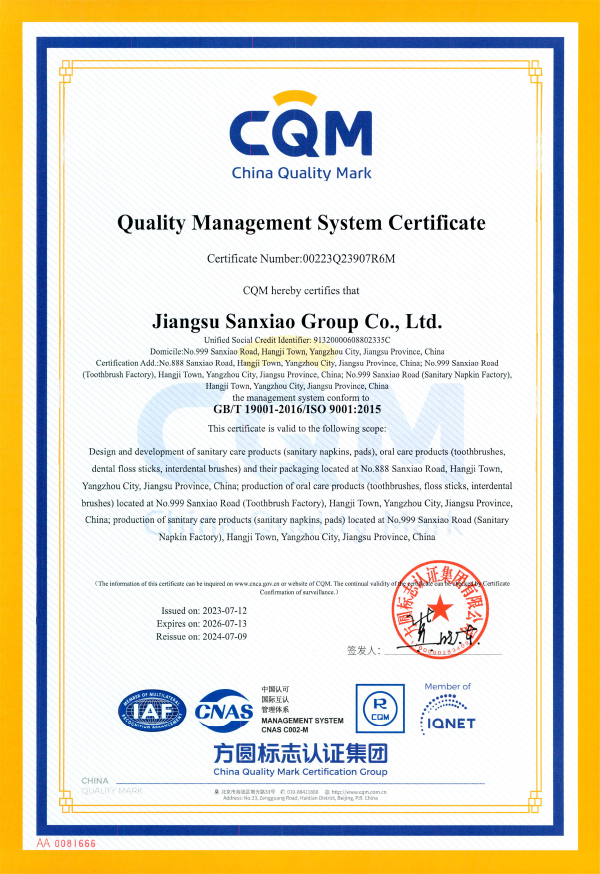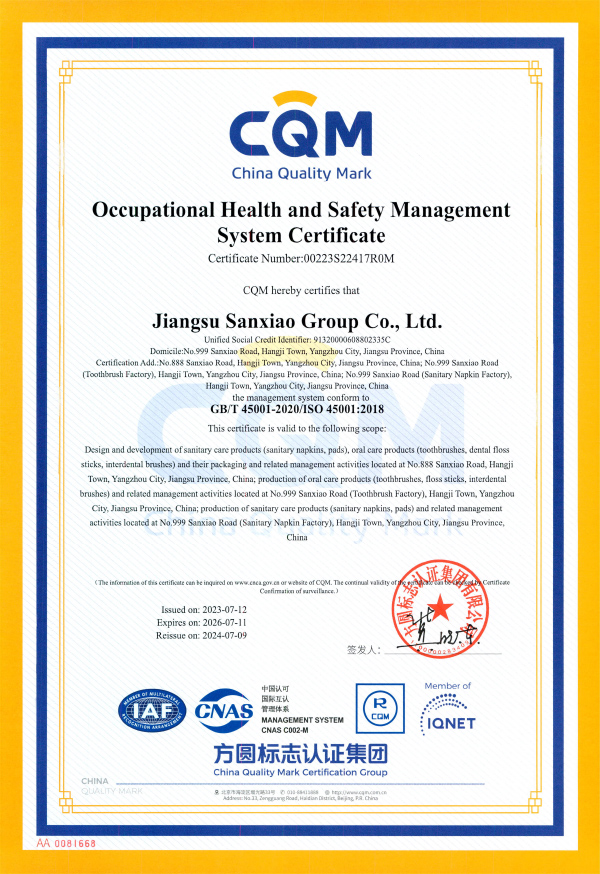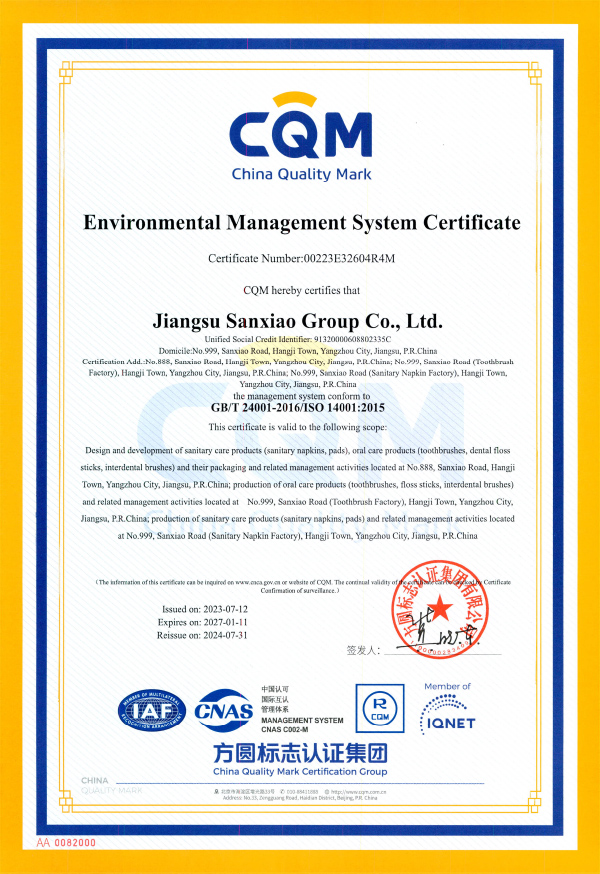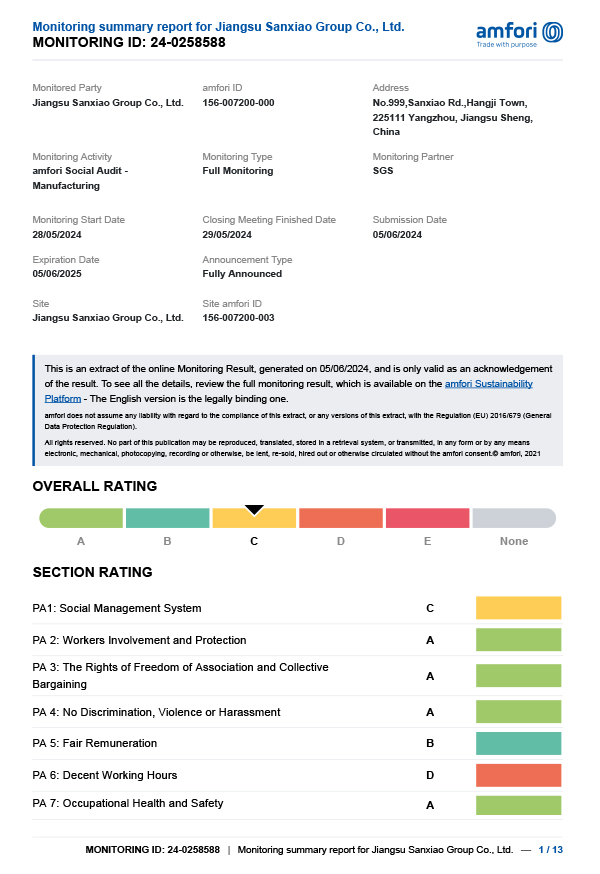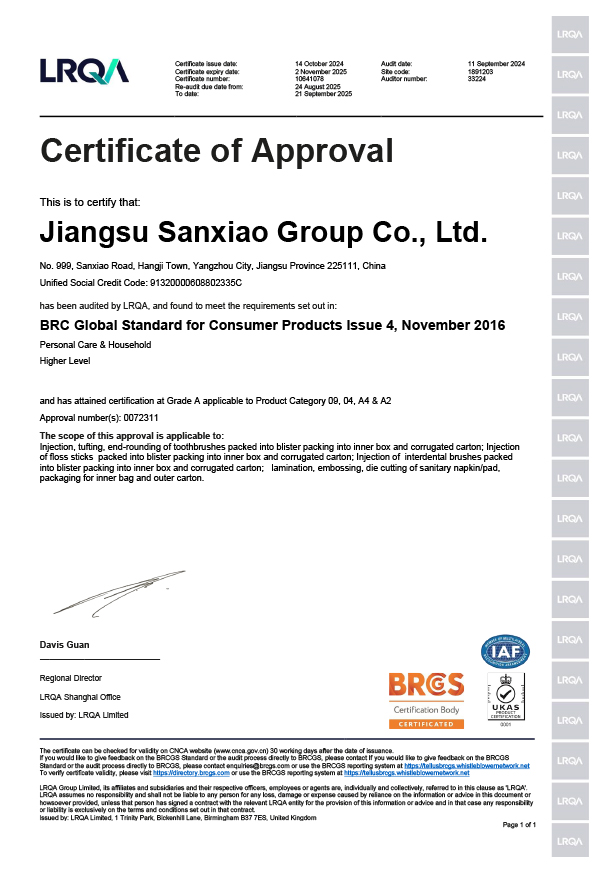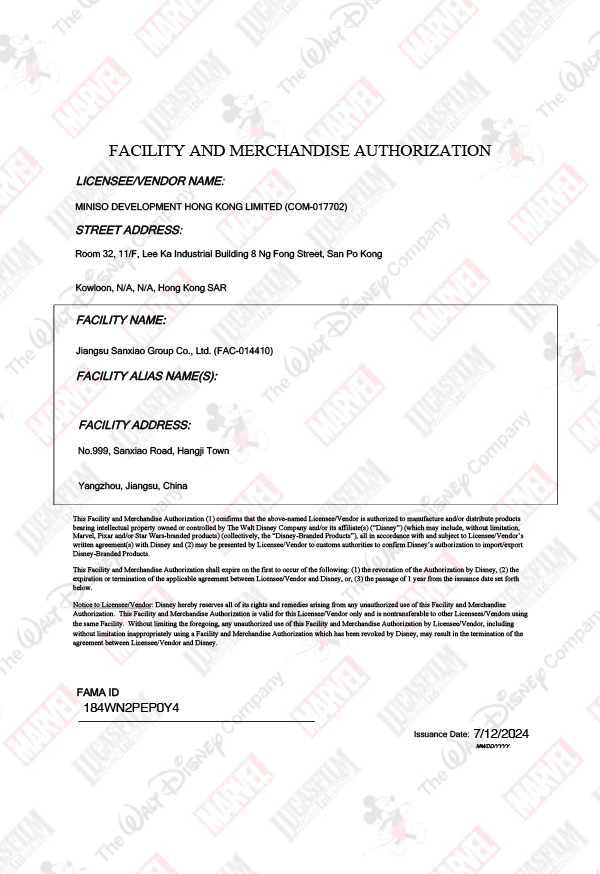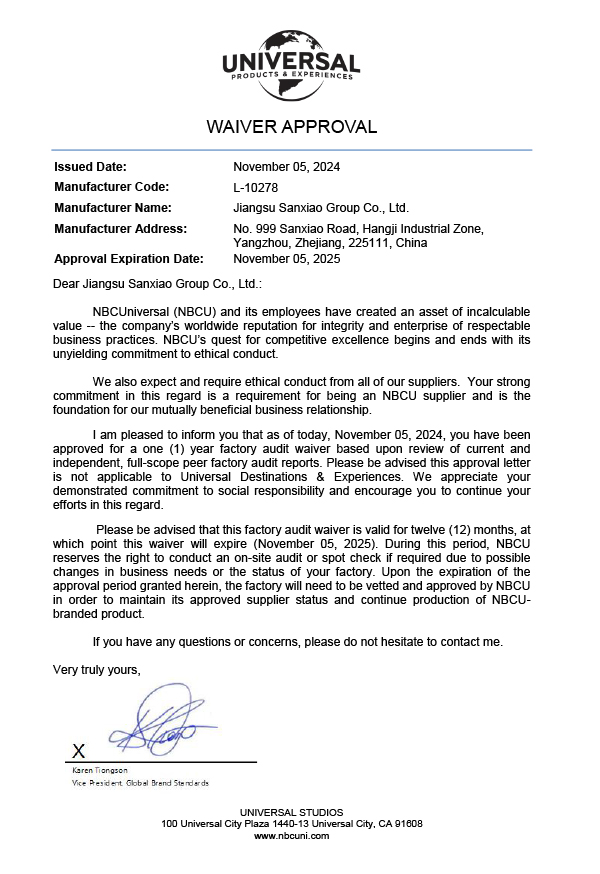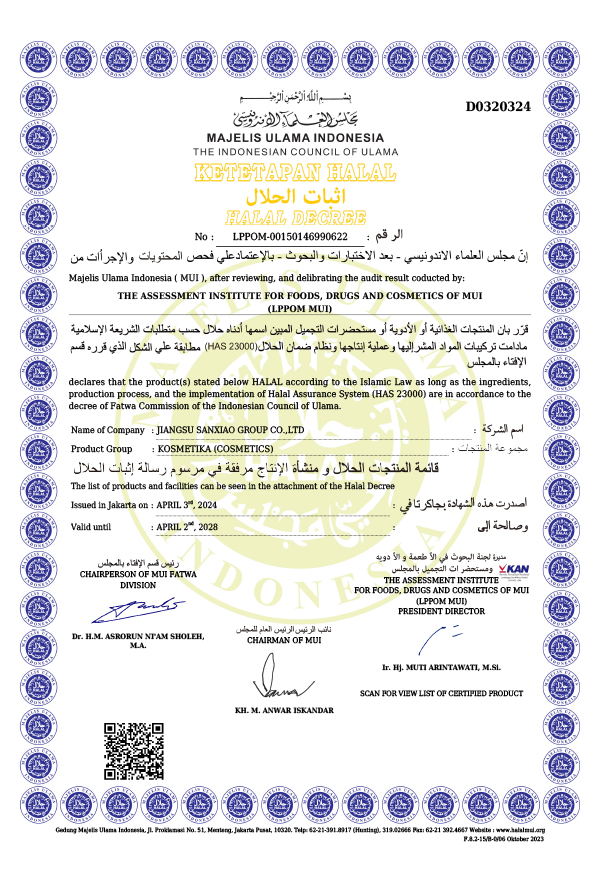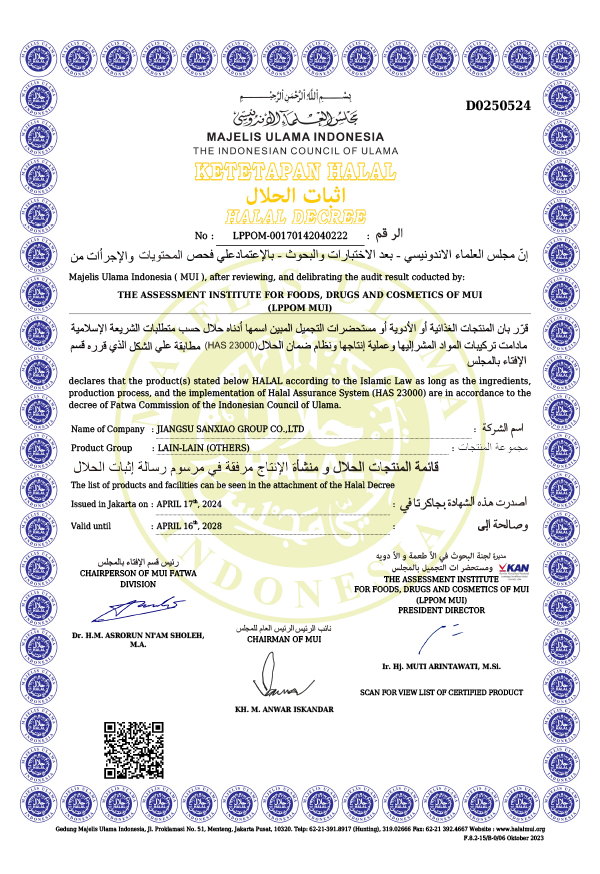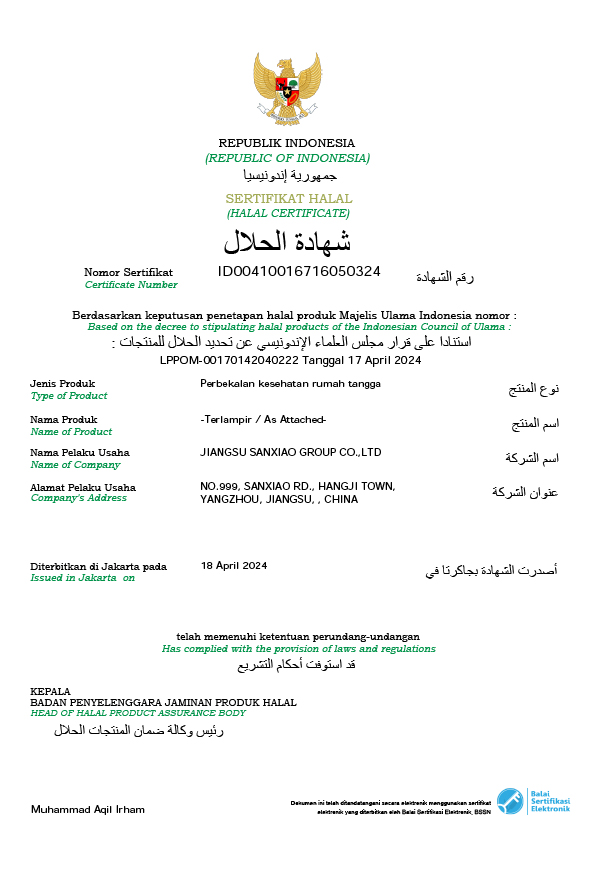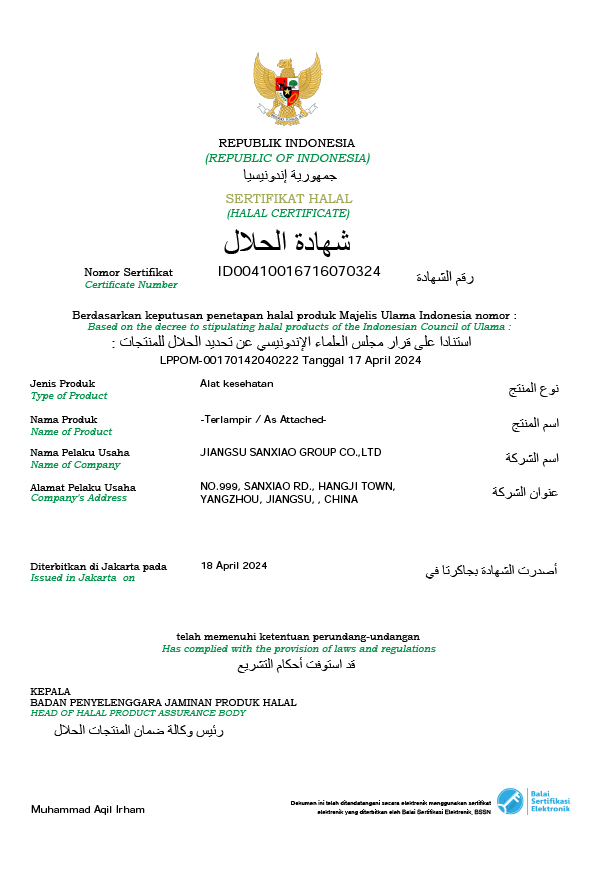Interdental Brushes Manufacturers
Interdental brushes are small, specialized brushes designed to clean the spaces between teeth, known as interdental areas, where regular toothbrushes may not reach effectively. They consist of a thin wire handle with small bristles arranged in a spiral pattern, which gently fit between teeth to remove plaque, food particles, and bacteria. Interdental brushes come in various sizes to accommodate different gaps, making them ideal for individuals with braces, dental implants, or wider spaces between teeth. They are especially effective for preventing gum disease and cavities by improving plaque removal and promoting healthier gums. Easy to use and portable, interdental brushes provide an efficient and thorough alternative to traditional flossing, ensure good oral hygiene and fresh breath.
![]() Quality Management System Certificate
Quality Management System Certificate
![]() Occupational Health and Safety Management System Certificate
Occupational Health and Safety Management System Certificate
![]() Environmental Management System Certificate
Environmental Management System Certificate
Why Many People Use Interdental Brushes Incorrectly and How to Guide Proper Daily Cleaning Habits?
Interdental brushes have become an essential tool in oral hygiene, yet surprisingly, many users don’t achieve their full benefits simply because they use them incorrectly. As manufacturers and long-term suppliers of Gum Interdental Brushes, we’ve seen firsthand how common it is for consumers to underestimate the importance of correct technique. Unlike regular toothbrushes, interdental brushes are designed to clean the tight spaces between teeth where food debris and plaque easily accumulate—areas that are often neglected or cleaned ineffectively due to misunderstanding of the tool’s usage.
A major issue lies in size selection. Customers frequently choose brushes that are either too small to make proper contact or too large, causing discomfort or even gum damage. The key to effectiveness is matching the brush size to the individual’s interdental gap, which varies from person to person. Dental professionals typically use calibrated tools to recommend the appropriate size, but in a retail setting, this kind of personalization is often missing. We always recommend offering a size guide with product packaging or selling a mixed-size pack to support trial and error without waste.
Another common mistake is how the brush is inserted. Interdental brushes should be gently pushed straight into the space between teeth without force or bending. Some users mistakenly move the brush side to side aggressively or angle it incorrectly, risking damage to enamel or soft tissues. As a manufacturer of Gum Proxabrush-style products, we’ve optimized brush design to include ergonomic, flexible handles that naturally encourage the right angle and pressure, but user education still plays a vital role.
There’s also confusion about frequency and timing of use. Many people believe that cleaning once or twice a week is sufficient, but dental studies consistently show that daily use provides the most benefit, particularly in reducing inflammation and preventing gum disease. In our industry experience, we’ve found that adding simple visual instructions or QR-linked demonstration videos can significantly boost proper and consistent usage. After all, the more intuitive a product is to use, the more likely it will become part of someone’s daily routine.
Marketing habits also influence how interdental brushes are used. Some consumers treat them like disposable items after one use, while others continue using them long past the point of effectiveness. A good Gum Interdental Brush can last several days with proper rinsing and drying, but bristle wear and hygiene should dictate replacement. To support end users, we suggest brands communicate clear replacement intervals and usage tips prominently on packaging, turning a one-time customer into a loyal repeat buyer.
For users with braces, implants, or bridgework, the risk of incorrect technique increases. In these complex oral environments, choosing the right Gum Proxabrush variant—such as those with angled necks or ultra-soft bristles—is critical. We design our products to meet these specialized needs, but ultimately it’s proper guidance that closes the gap between product design and practical benefit. Educating users about what’s suitable for their oral situation is not just a value-added service—it’s what transforms satisfaction into trust.
As manufacturers, we see interdental care as more than just a product—it’s a partnership between tool and technique. That’s why we work closely with dental professionals and distributors to ensure that every pack of interdental brushes not only performs well but also empowers users to clean effectively and comfortably. By addressing common usage mistakes with thoughtful design and clear education, we help people truly experience the benefits of a cleaner mouth and healthier gums, every day.
 English
English русский
русский Español
Español

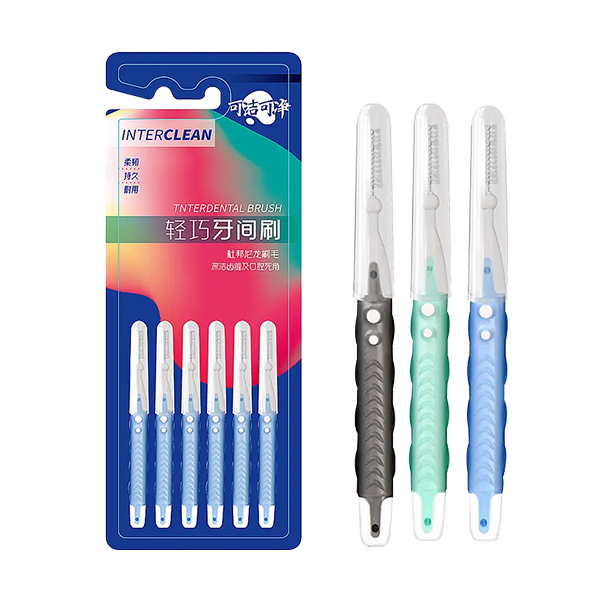 View More
View More
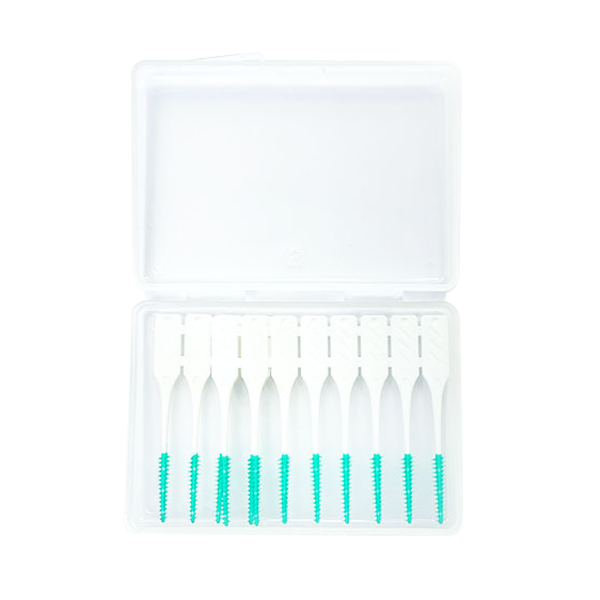 View More
View More
